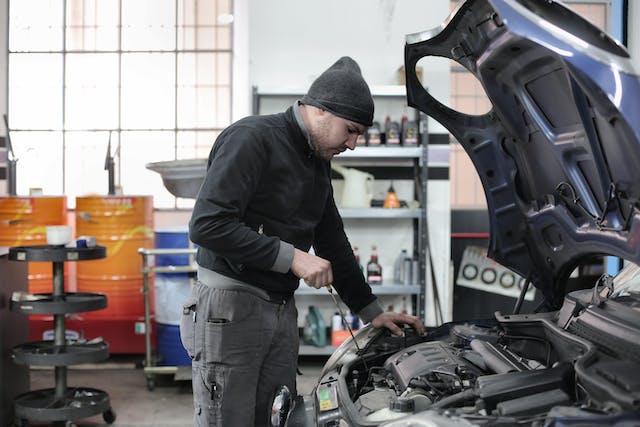Understanding and Fixing Common Radiator Issues: A Comprehensive Guide
.
- Grow Your Business
- No Comments on Understanding and Fixing Common Radiator Issues: A Comprehensive Guide
- Posted on

A well-functioning radiator is crucial for maintaining your vehicle’s optimal performance. Over time, radiators can encounter various issues that may lead to inefficient cooling and potential engine damage. In this comprehensive guide, we will explore common radiator problems and provide step-by-step instructions on how to fix them.
Before diving into the fixes, it’s essential to identify the issue with your radiator. Common signs of radiator problems include overheating, coolant leaks, and discoloured coolant. Inspect the peakhurst radiator and surrounding areas for visible signs of damage, such as cracks or corrosion. Additionally, check for coolant puddles beneath your vehicle and monitor the temperature gauge while driving.
Low coolant levels can result in poor heat dissipation and overheating. Once cooled, open the radiator cap and check the coolant level. If it’s low, top it up with the recommended coolant for your vehicle. Be cautious not to open the radiator cap when the engine is hot, as pressurized steam can cause severe burns.Over time, coolant can accumulate debris and contaminants that hinder its effectiveness. Performing a radiator flush helps remove these impurities and ensures a clean and efficient cooling system. Begin by draining the existing coolant from the radiator, following your vehicle manufacturer’s guidelines. Next, use a radiator flush solution as directed to clean out any residue. Finally, refill the radiator with the appropriate coolant and water mixture.

Coolant leaks are a common issue that can lead to a loss of radiator efficiency. To fix leaks, inspect the radiator, hoses, and connections for any visible damage. Tighten loose hose clamps, replace damaged hoses, and ensure all connections are secure. If you spot a radiator leak, consider using a radiator sealant as a temporary fix. However, for more severe leaks or structural damage, it’s advisable to replace the radiator.
A malfunctioning thermostat can disrupt the engine’s cooling process. If your vehicle consistently overheats or takes a long time to warm up, the thermostat may be the culprit. Begin by draining the coolant and locating the thermostat housing. Remove the housing, replace the thermostat, and reassemble the components. Ensure that you use the correct thermostat for your vehicle’s make and model. Check the fan blades for any damage or obstructions, and inspect the electrical components, such as the fan motor and relay. If needed, replace faulty parts and test the fan’s operation by running the engine and monitoring the temperature.

The radiator’s pressure cap helps regulate the coolant’s pressure, preventing boiling and enhancing the cooling system’s efficiency. If the cap is damaged or worn, it may lead to coolant leaks and overheating. Inspect the pressure cap for any visible issues, such as cracks or a damaged seal. If necessary, replace the cap with a new one that matches your vehicle’s specifications.Air trapped in the cooling system can hinder the circulation of coolant, leading to overheating. To bleed air from the system, locate the air bleed valve or follow your vehicle manufacturer’s recommended bleeding process. With the engine running, open the valve gradually until air bubbles stop escaping, then close it securely. This process helps ensure that the cooling system is free of air pockets.